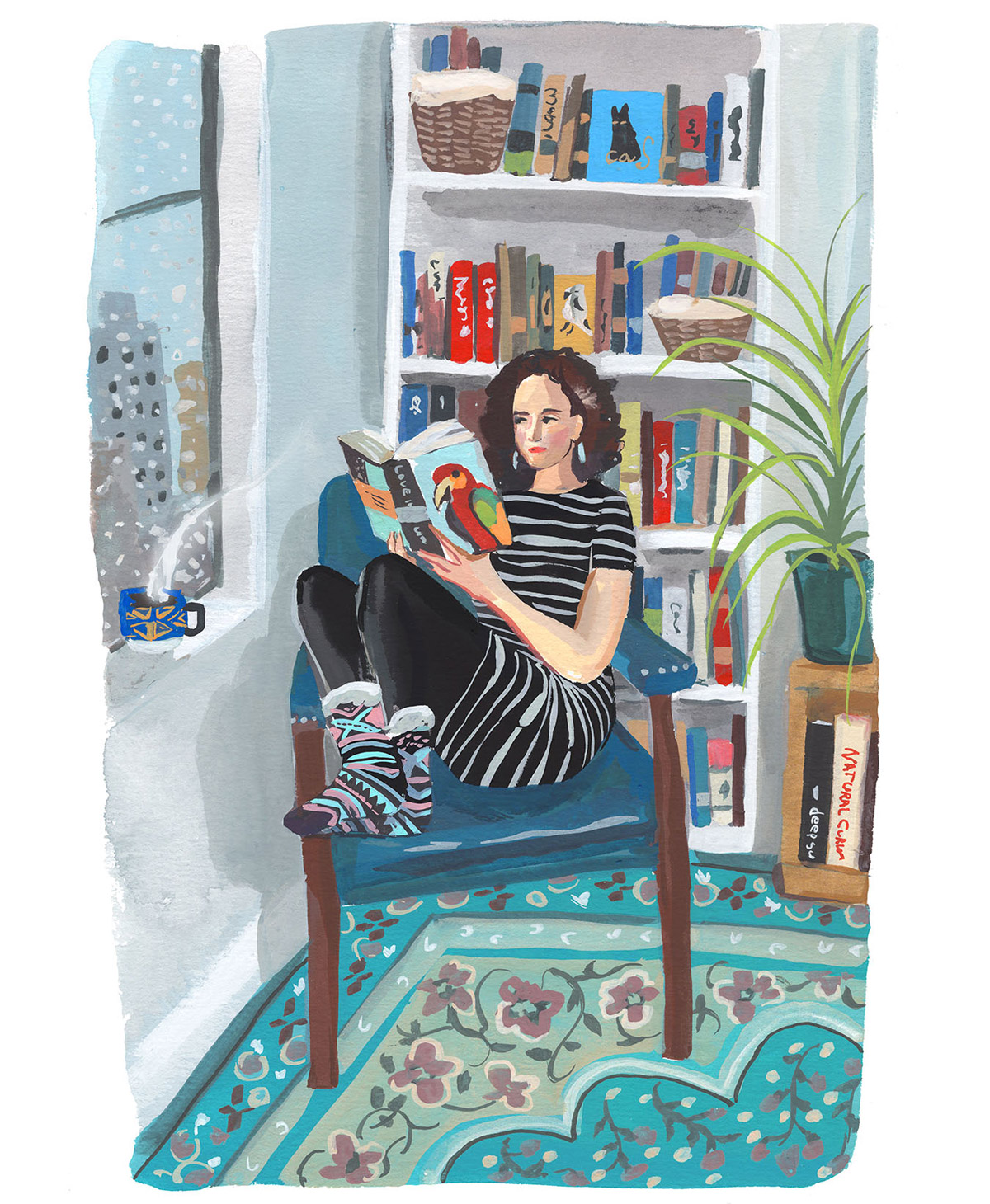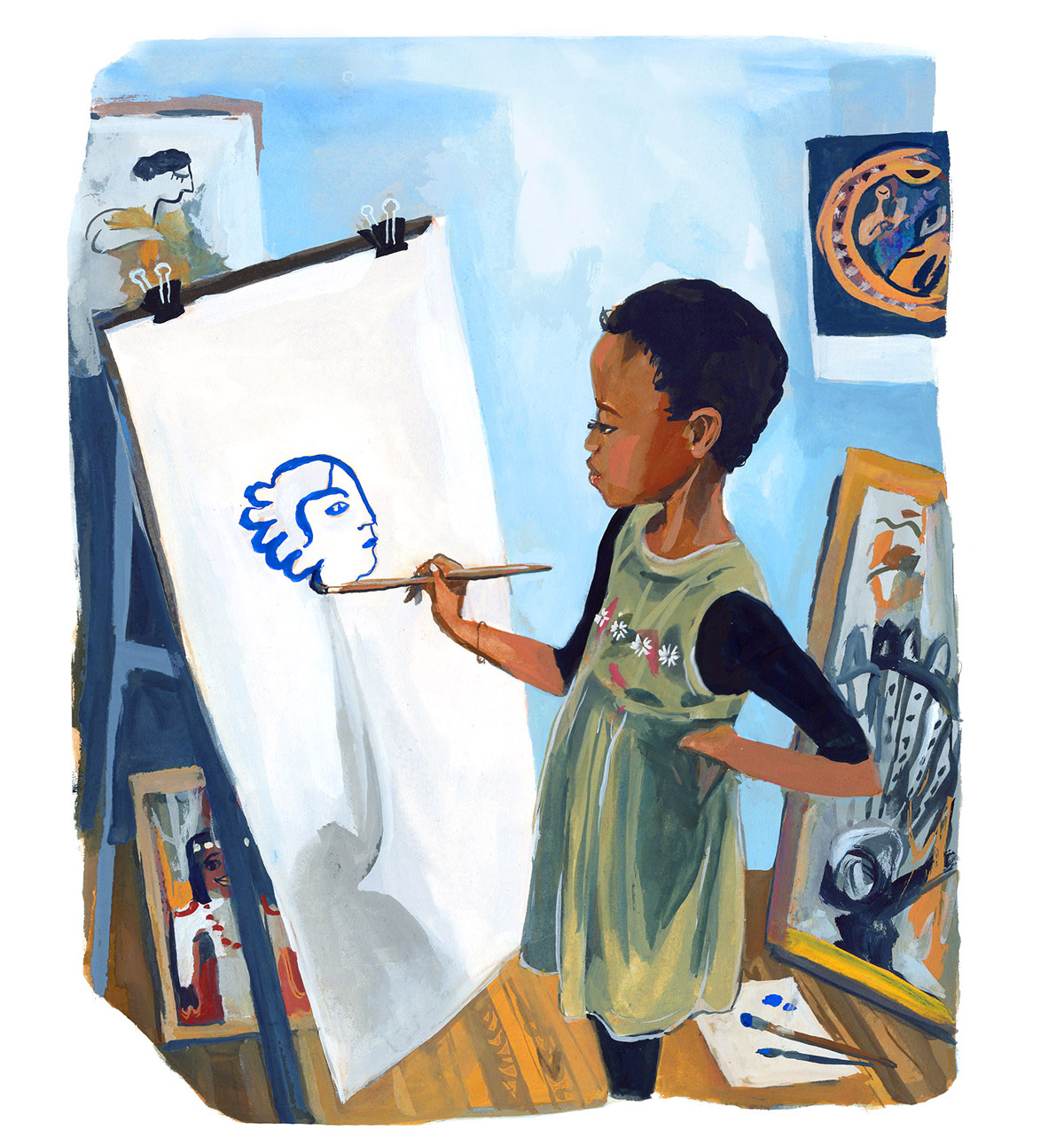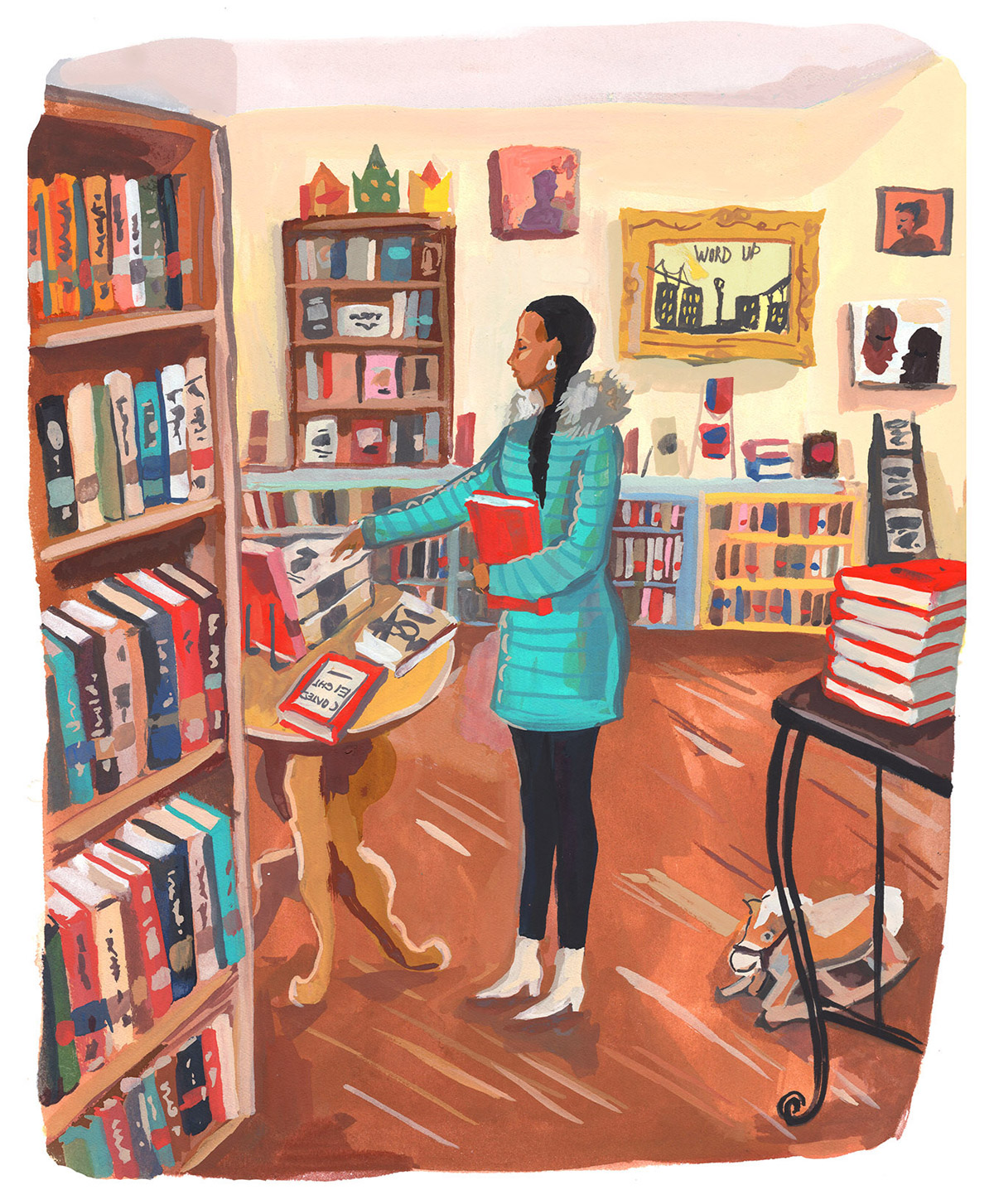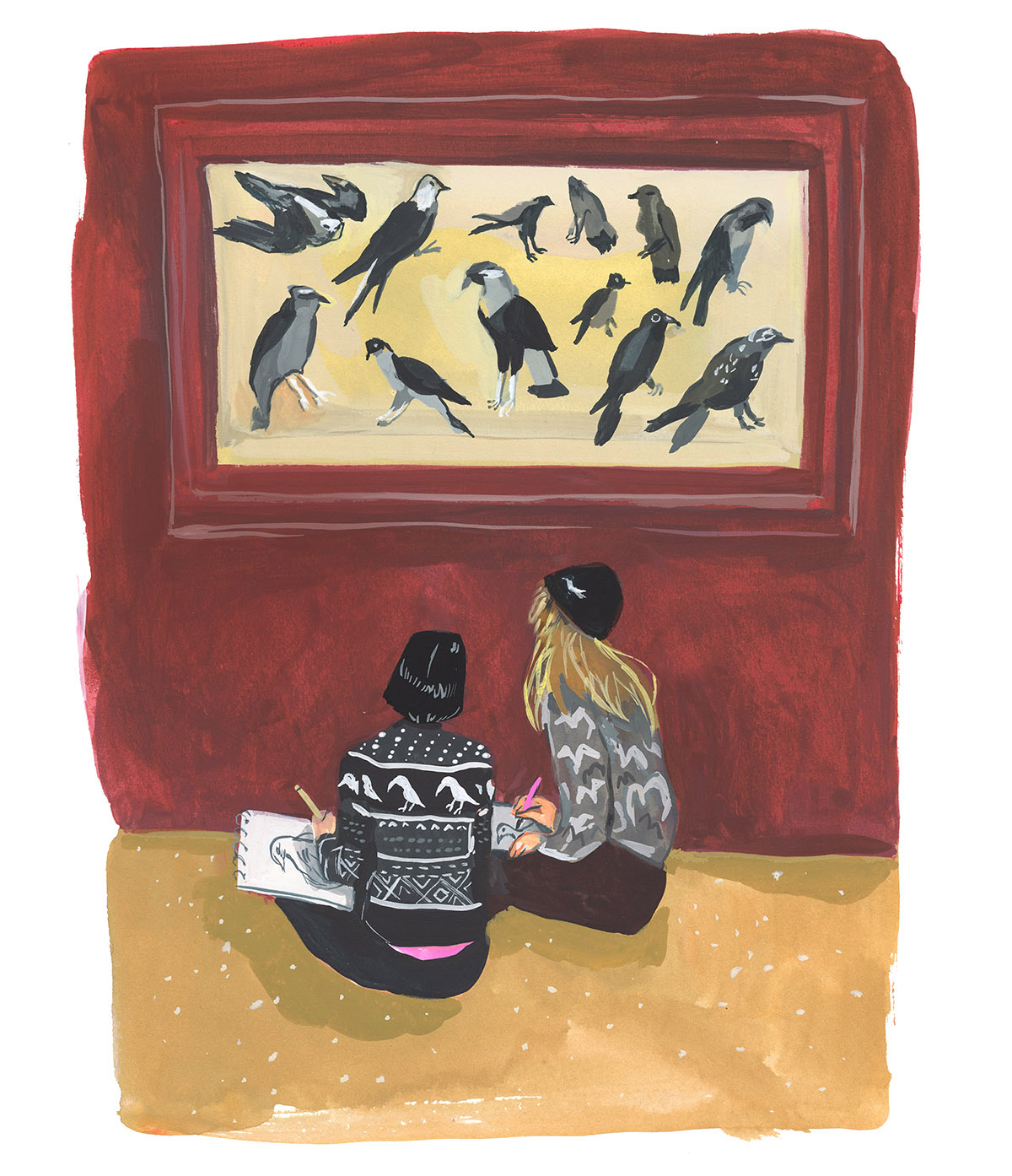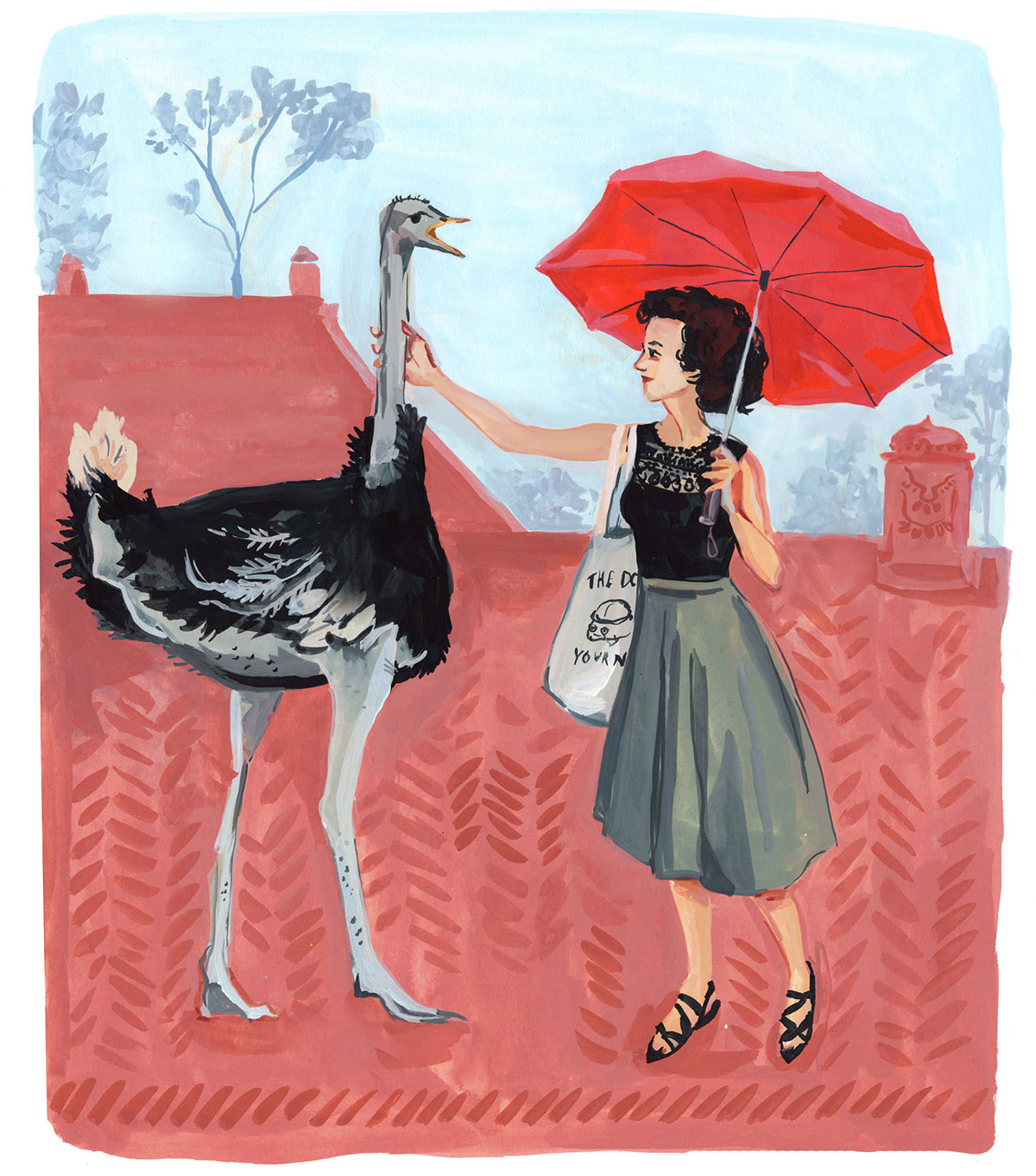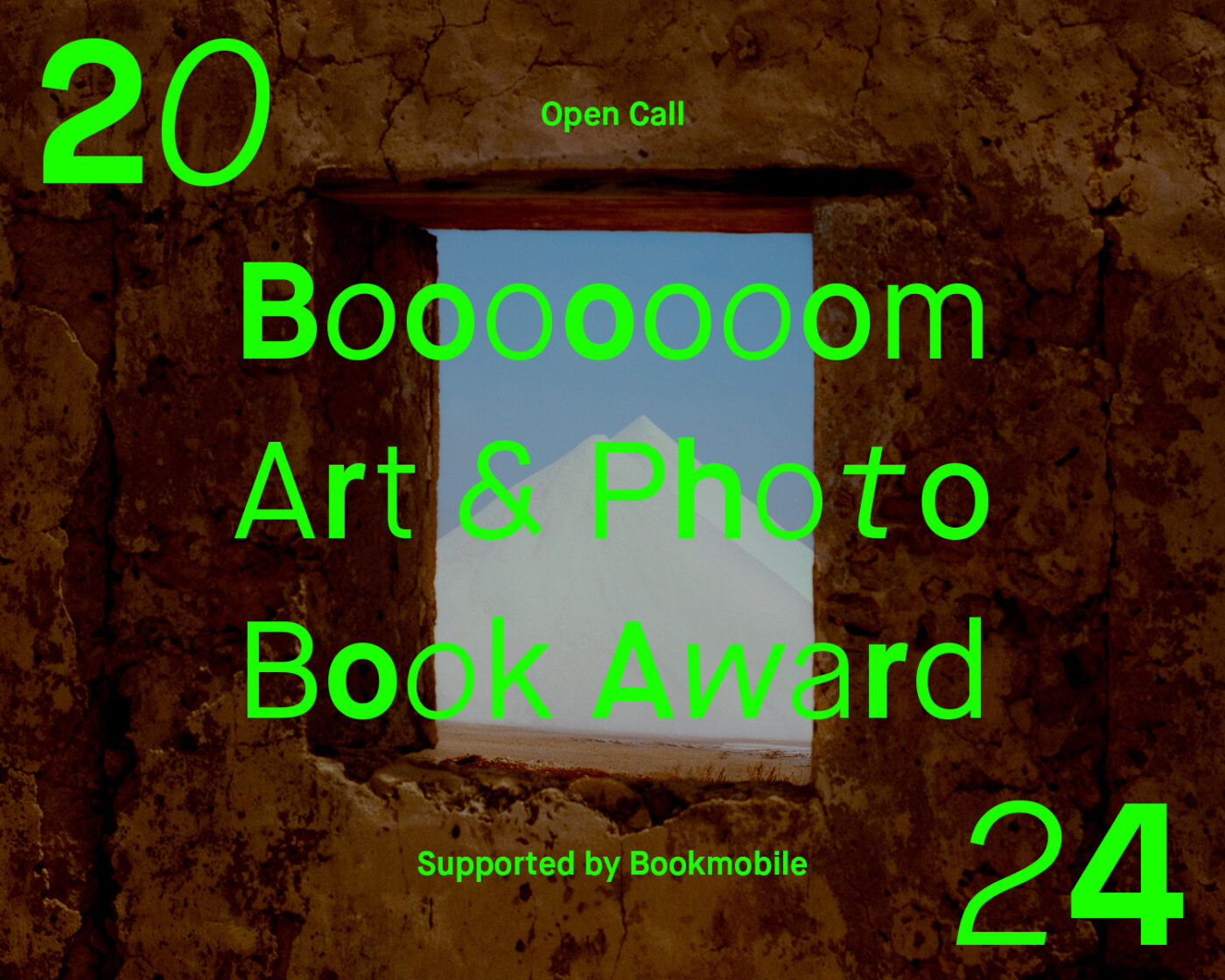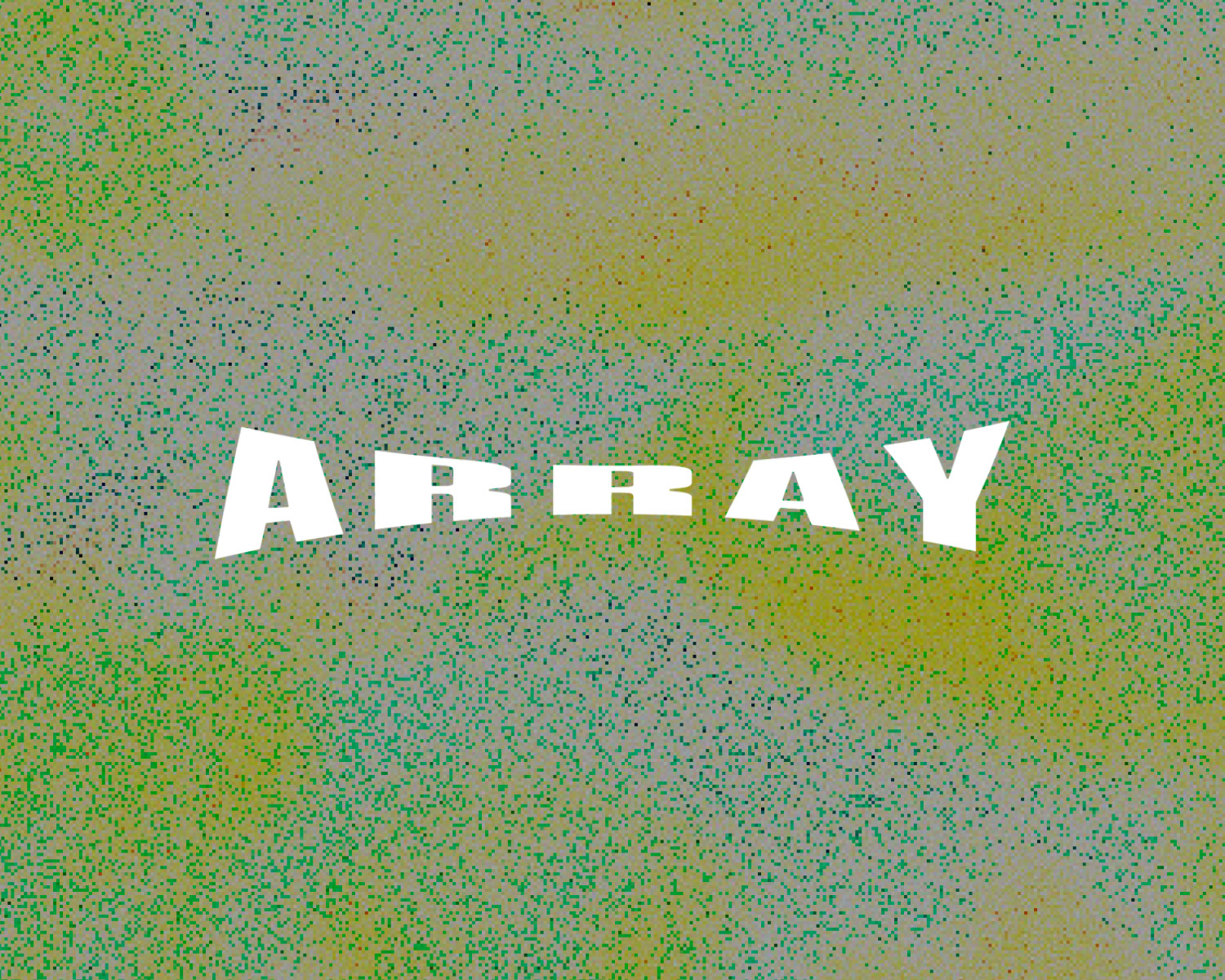Ones to Watch is a series of interviews profiling our favourite artists on Society6. This instalment features illustrator Jenny Kroik.
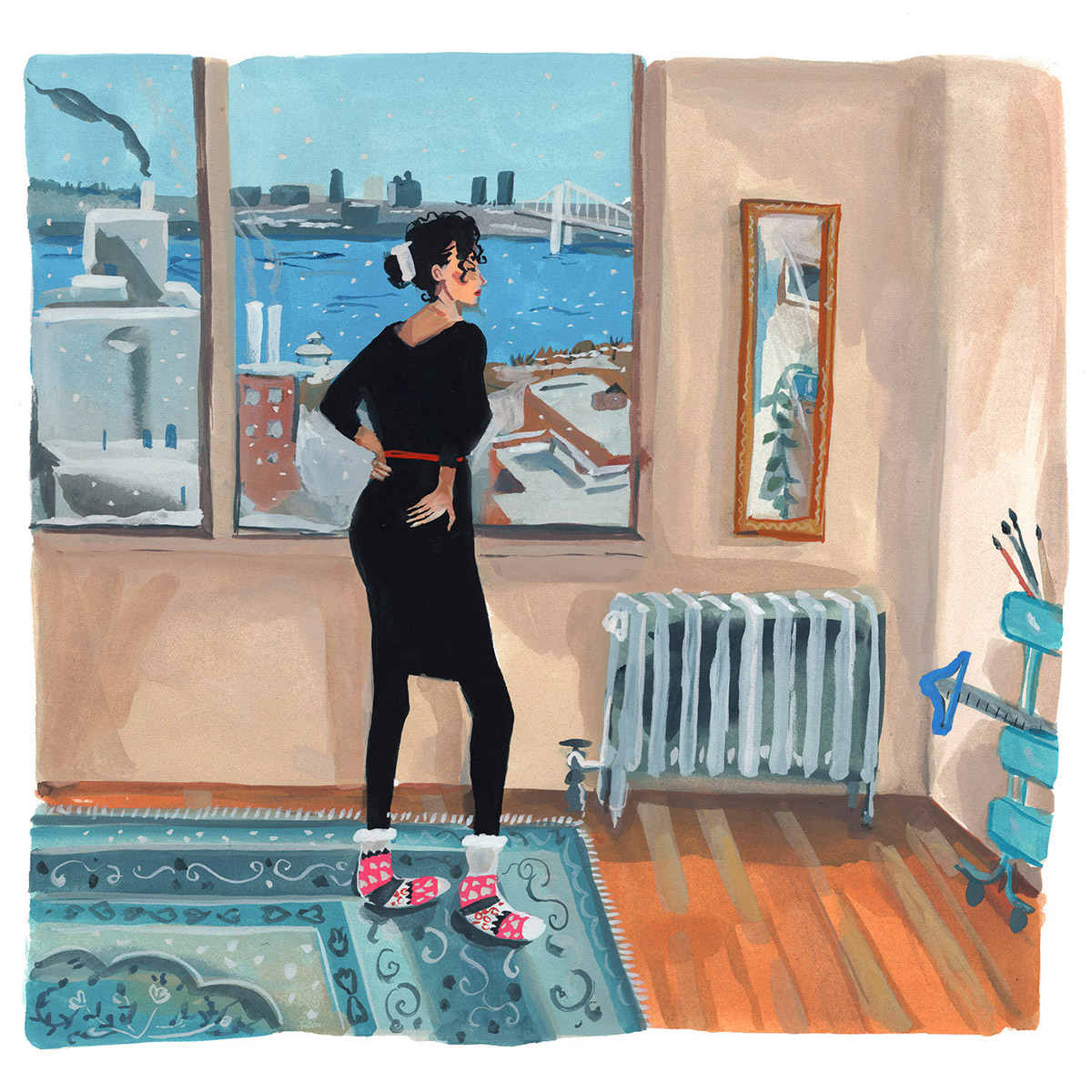
Self-portrait by Jenny Kroik
Jeff Hamada: I know you were born in Russia, grew up in Israel, and moved to the United States (Oregon and now New York), which of these places has had the biggest impact on you?
Jenny Kroik: I think all the places I lived is had an equally big impact on me, but maybe most of all, moving to different countries has influenced me the most. It’s very interesting to hear yourself suddenly speaking in a different language, it helps you see things from the outside. I think all this change has made me pretty lonely at times on one hand, feeling like I don’t quite belong anywhere, but it also made me an observer. I find it easy to switch my brain back to immigrant mode and see something interesting in everyday things, which is great for finding ideas.
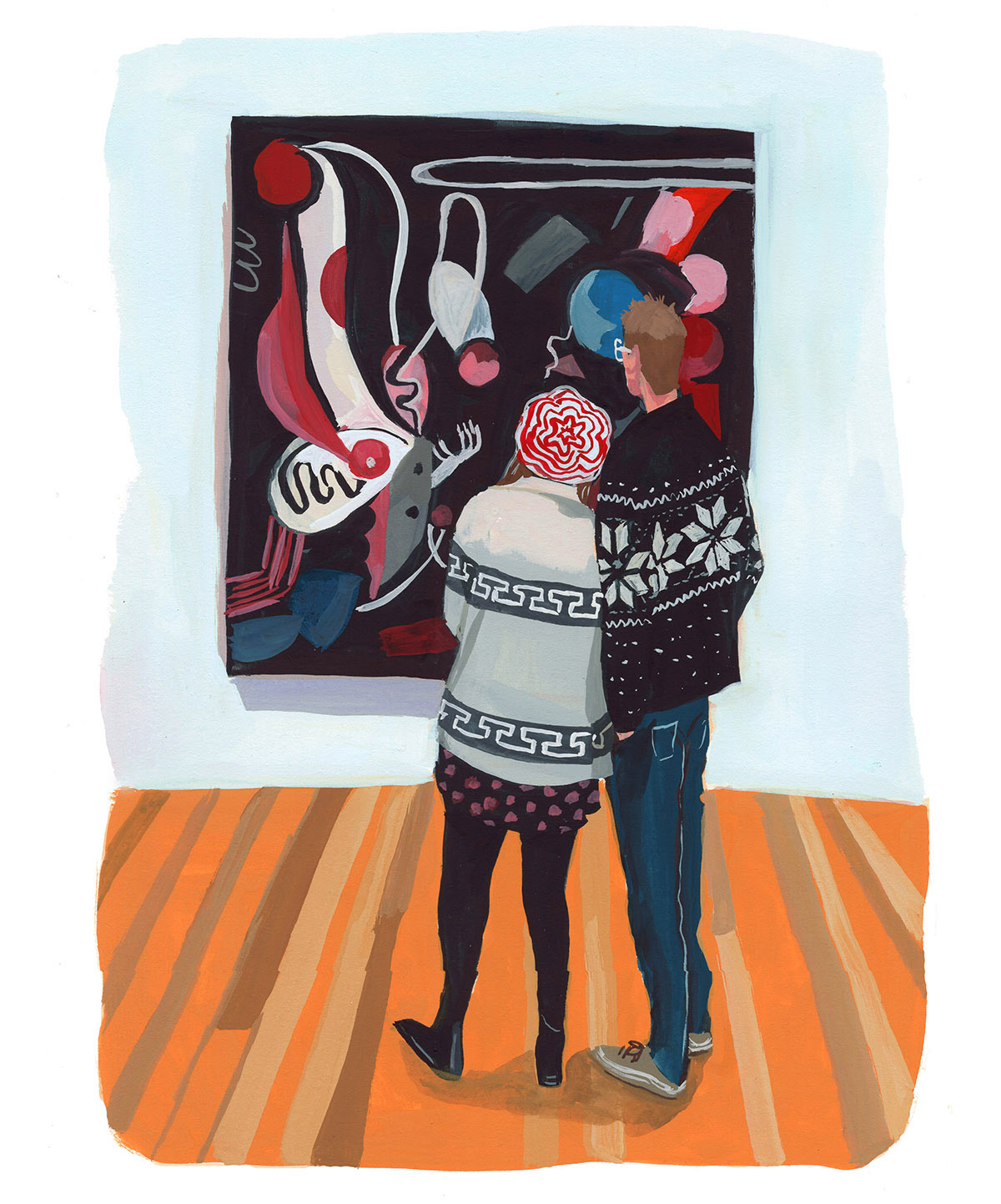
JH: Are there lots of creative people in your family?
JK: I think they are all quite creative in their own way. My sister is a writer and does photography. We did a lot of creative things together when we were young, and these days we spend a lot of time talking about culture and art.
My parents are computer engineers, which is quite a creative field. Also, I think growing up in the Soviet Union, where there were a lot of things that were hard to come by, you get creative and start coming up with solutions and home-made gadgets.
My grandmother wrote poetry, and I think she had quite a poetic outlook on life. She basically raised me when I was young, and I think she taught me how to be an artist.
JH: Can you describe your path to becoming an illustrator? What were some of the milestones from never having picked up a pencil to where you are now?
JK: I was drawing since I was young, and I knew that it was valuable to be able to translate ideas into a drawing (like when kids would ask you to draw them as a superhero). But it took me a long time to figure out my responsibilities in regard to art and society, and what being an “illustrator” means for me. I wanted my paintings to be accessible and have a more immediate conversation with people.
I did my BFA in illustration and animation, and then got an MFA in painting. I considered pursuing a more academic art career, but illustration made me feel more happy.
There isn’t really a very clear path to becoming an illustrator, everyone’s career looks different, and the biggest challenge is supporting yourself financially. So in addition to being an illustrator, I also teach at universities and art centers. I enjoy teaching, it gets me out of my studio and I get to talk about art. My students ask me tough questions I have to research and think about, so I’m always learning new things myself.
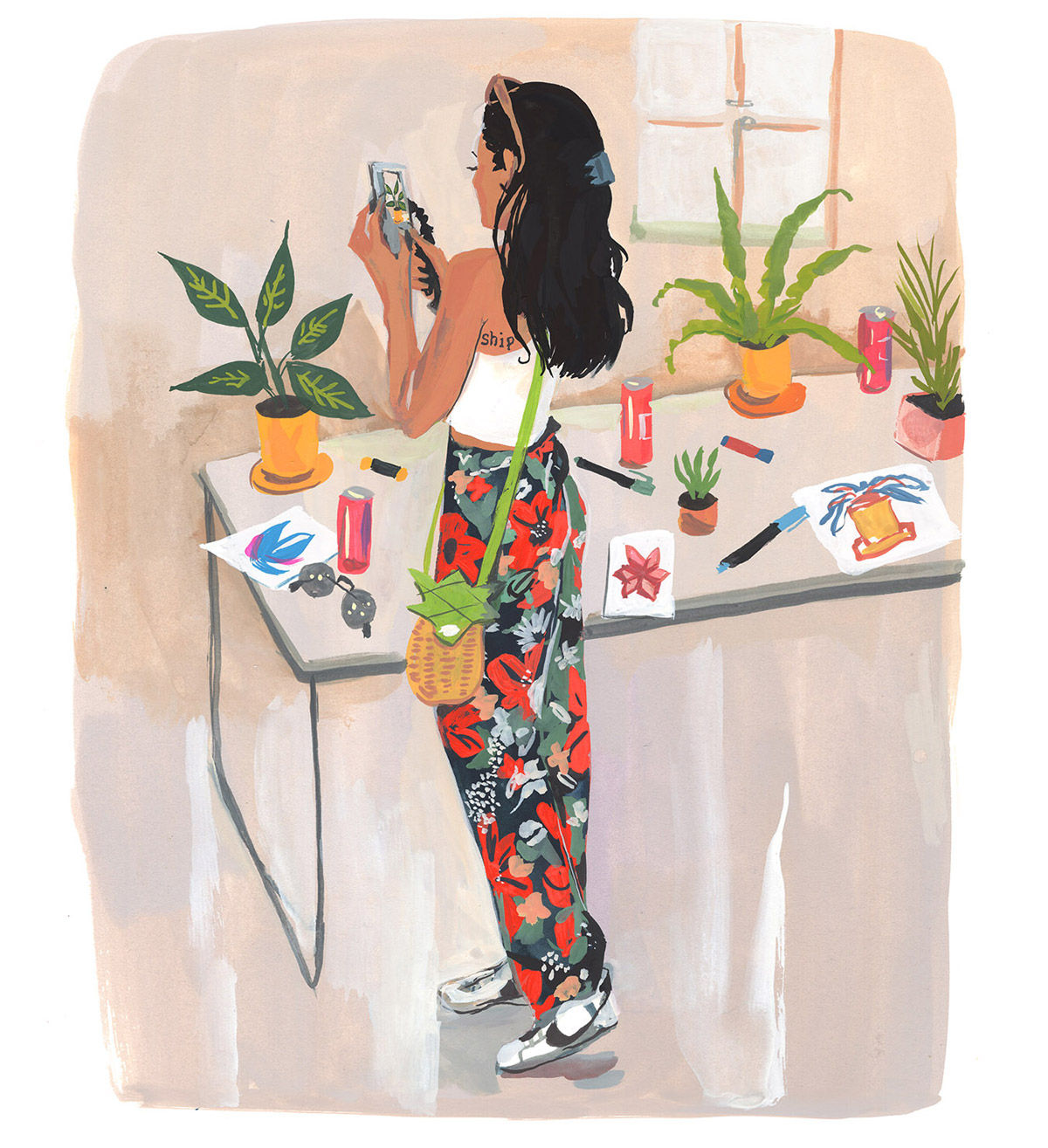
JH: How would you describe your aesthetic, and when did you realize you’d found it?
JK: I’m not quite sure how my aesthetic came about. Mostly, it’s that I always enjoyed painting people the most. I think it was also culmination of a few things: a tight watercolor technique that I’ve learned and used a lot since I was young, and then finding out about gouache paints in college when I was working as an assistant for illustrator Diane Bigda. She taught me a lot about color and being more loose and playful with my drawing.
I think I normally gravitate towards neutrals. I actively try to think about interesting color relationships and staying more loose with my rendering.
I also think a lot about the work being very responsive — like a journal. I love to paint what I see, sometimes the same day when it’s still fresh, and to keep moving — not get attached to one image, keep producing more images.
JH: You obviously love people watching in places like galleries and on public transit, I’m curious if you have a similar fascination with Instagram?
JK: I love crowd-sourcing in Instagram. It’s a great resource, and I’ve done a few projects where I asked people to send me photos. One time I did a 100-day challenge of self-portraits of me trying out “new styles” (like a weird Goodwill dress or a lampshade on my head), and after that I asked people to send me pictures of their new style. It was a fun way to “meet” people.
After the 2016 election, I asked people to send me their photo and what democracy was to them. I thought this might be a good way to work through some of the tension everyone was feeling, and maybe to humanize the internet a little bit. Most recently, I’ve been asking people to send me a picture of them with their favorite books. I have been doing a lot of paintings of bookstores, and also organized a “sketchy book-club” event at The Strand, where people bring their favorite books to talk about, and sketch each other.
JH: What’s the best piece of advice you ever got and who gave it to you?
JK: That’s a tough question! I got a ton of great advice throughout my career. There is this false image of the artist working alone on their art, but it’s really a group effort. I email back and forth with a lot of artists, and we keep each other from getting too sad when no jobs come in, or when a painting isn’t working, or if it’s just a cloudy day in the studio.
I e-mail a lot with my artists friends like Jenna Lechner, Gayle Kabaker, Joan LeMay and many other wonderful artists. The thing about good advice is that you have to keep getting it over and over again, and also give it to yourself, if there’s no one around!
But probably- the best advice I get from almost everyone is just keep working, and be yourself!
JH: Do you feel like what you’re doing now is the thing you were born to do?
JK: Sometimes I wonder: if my parents were more strict, and I wasn’t such a brat, maybe I would have been an office manager, or some kind of adult with a stable salary. But most likely, not.
JH: What’s one thing you’d like to accomplish this next year?
JK: I would love to continue to have my art published in various places, such as book covers, illustrated books, brochures, bus stop-signs, anything!
JH: And what about one thing you hope to accomplish in your lifetime?
JK: I hope to build a sustainable art career, with a steady income from my art that pays all my bills, and also enough to put away in savings for emergencies! I believe, it can be done!
Call to Submit: Art & Photo Book Award
If you have a specific series or a cohesive selection of work that you want to turn into a book, we want to see it!
Learn moreCall to Submit: “Array” Photo & Art Features
Submit single images to be featured alongside the work of other artists and photographers as a group feature.
Learn moreRelated Articles
